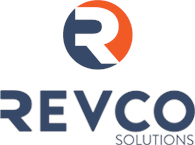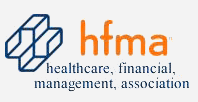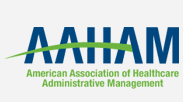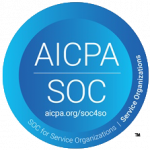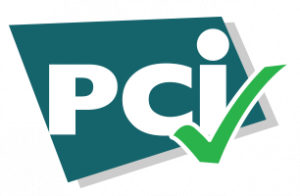PRC (Revco Solutions) is proud of our Client Relations Manager, John Cook, whose article was published in the Winter 2013 issue of The Journal of Healthcare Administrative Management.
The article, Pre-Encounter, A Mission to Success, outlines the discussions of pre-admission processes. The article highlights beneficial practices and explains which pre-encounter approaches are working. Here is the article.
Pre-Encounter: A Mission to Success
By John Cook
A group of North Carolina Revenue Cycle professionals participated in two roundtable discussions on Pre-Admission ideas, processes, and successes. The following synopsis of those discussions provides insight into this critical process for managers and team leads as they seize the opportunity to use this tool for success.
Why is a successful Pre-Encounter program important?
- To create efficiencies to promote patient satisfaction and financial accuracy by education patients prior to service.
- To educate the patient, both clinically and financially.
- To get it right the first time in both task and customer service, resulting in reducing errors and improved patient experience.
- To successfully manage the financial risk of uncompensated care.
- To identify possible charity care.
- To financially clear a patient prior to the service (includes insurance verification, collections, and authorizations).
- To help the patient understand current financial policies.
- To provide the patient a first experience of service excellence.
Where have efficiencies and results been experienced?
- Accurate information up-front resulting in cleaner claims and expedited payment.
- Reduction in A/R days.
- Increased upfront collections.
- One on one communication with the patient.
- Improved service excellence scores.
- An educated patient, understanding their financial obligations, prior to receiving their first statement.
- Meeting potential challenges at the beginning.
- Establishing expectations
Where have problems been experienced?
- Complete buy-in of the process of all involved (i.e. clinical and physician).
- Scheduling that is not centralized in the Patient Access area or department.
- No bottom line or end result identified.
What approaches are working?
- The Pre-Service Collection Approach: The overall goal is to collect monies such as deductibles, co-pays, and estimated liabilities during their pre-admission discussion. It also offers the opportunity to gather the needed information to generate a clean claim. This is the best chance to refer patients to other options if they are unable to pay.
- The Communication Approach: The overall goal of this approach is to obtain the most accurate information that will generate clean claims, prevent denied claims, expedite payment, and reduce A/R days from better patient information. Another goal of this approach is to provide the patient with a better understanding of what to financially expect and be more prepared to pay the portion they will owe.
- The Call In Approach: The patient actually initiates the call to the provider, which will provide an initiative on the part of the patient to prepare for their visit. One provider, in particular, has experienced overwhelming results.
- A combination of approaches based on your technology and provider goals and needs.
What are some tips for success?
- Making the patient feel at ease.
- Obtain the most current and accurate information.
- Centralized Scheduling housed in the Patient Access area.
- Communicate critical information to the patient (i.e. educating them regarding their financial responsibility).
- Communicate and make available options.
- Treat the encounter as an advantage to both the provider and the patient.
- Offer Service Excellence
It is critical to define and deploy a plan or an approach that will work for you.
